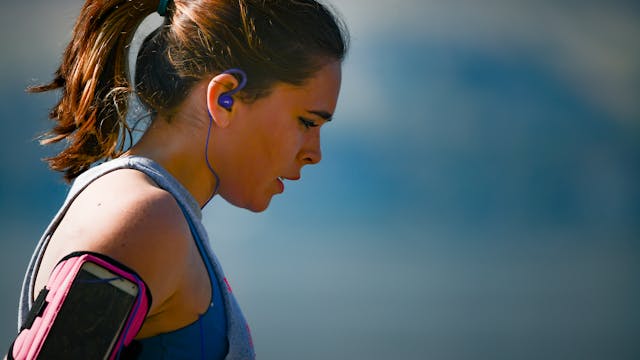Hearing loss can present significant challenges, often leading individuals to withdraw from social activities. However, effectively managing this condition can involve embracing an active lifestyle, including regular exercise.
Getting outdoors and staying active is crucial for both physical and mental well-being.

Pexels – CC0 License
This issue isn’t often discussed, so let’s explore why incorporating exercise into your routine is vital, particularly if you are experiencing hearing loss:
Community Fitness Remains Accessible
Firstly, hearing loss should not prevent you from engaging in physical activities, as many community classes and events are designed to be inclusive. These programs are tailored to accommodate individuals with various disabilities, ensuring you can connect with others while feeling included.
Seek out inclusive fitness programs, where instructors often utilize loudspeakers, and in some cases, sign language interpreters, to provide visual guidance on exercises.
Advancements in Technology
Moreover, technological advancements have greatly benefited individuals with hearing loss. Using hearing aids during workouts has become increasingly common, thanks to innovations in device design.
Previously, behind-the-ear models were suitable for day-to-day use but could be cumbersome during physical activities. Modern hearing aids, however, are small enough to fit discreetly within the ear canal, eliminating the risk of damage from movement.
Additionally, many of these devices can connect with fitness applications and technologies, such as Strava and Nike Training Club, allowing seamless integration of workout instructions into your earbuds for a more interactive exercise experience.
Enhanced Mental Health and Overall Wellness
Regular physical activity not only benefits cardiovascular health and strengthens muscles but also leads to the release of endorphins, contributing to reduced feelings of depression. This is particularly important for those with hearing loss, who face a higher risk of depression due to social isolation.
Isolation can take a toll on mental health, but exercise is inherently social, fostering connections and boosting morale. Plus, many enjoyable physical activities do not depend on auditory signals—walking, running, and similar exercises remain accessible regardless of hearing ability.
A Variety of Non-Auditory Workouts
While you can certainly exercise with music, many workouts can be performed without any sound, allowing you to concentrate on your movements instead.
Modern devices facilitate this adaptation by enabling visual representation of workouts, ensuring that small changes can have significant effects on your fitness journey.
Comfortable Adaptations for Exercise
Lastly, don’t let hearing loss deter you from pursuing fitness. You can tailor your exercise regimen to fit your comfort level, enhancing your confidence and overall enjoyment.
Home workouts are a great option, allowing you to bypass the distractions of a busy gym and focus on your routine. Parks and natural trails can also provide clear signage, helping those who are hard of hearing navigate their environment safely and effectively.
About Outoftownblogs
Make sure to explore all the posts from Outoftownblogs and subscribe via RSS or EMAIL to stay updated on new content!





